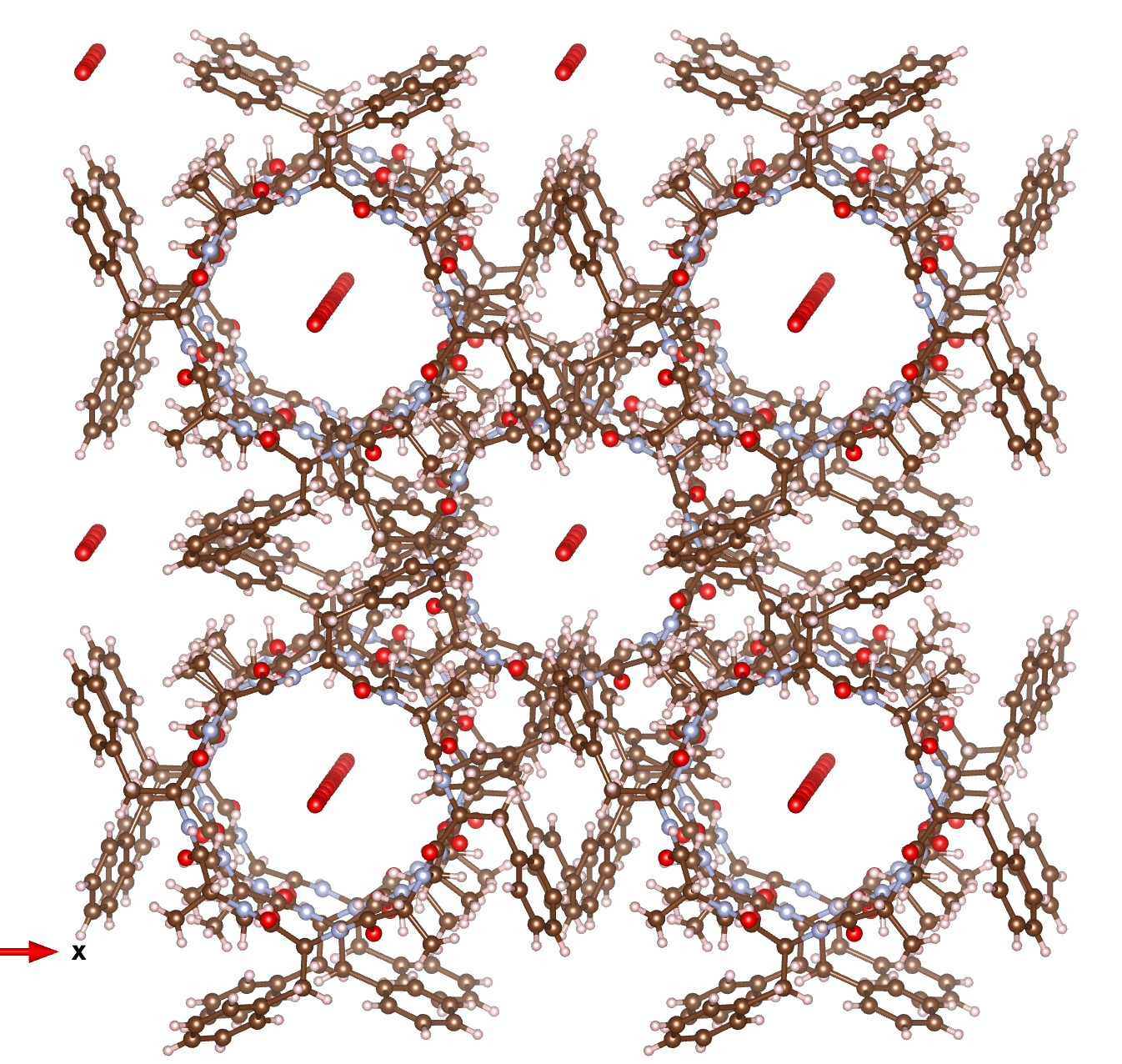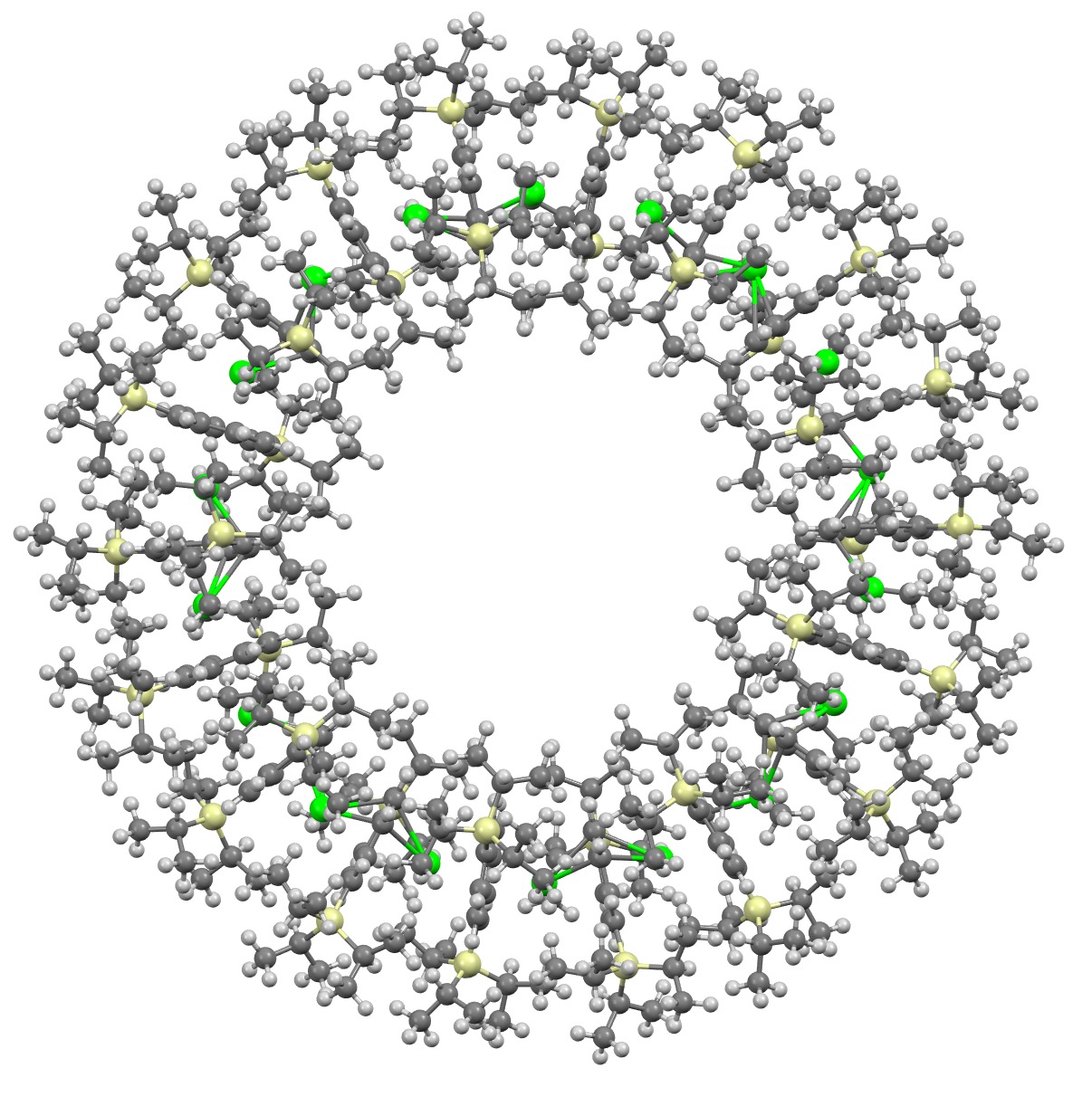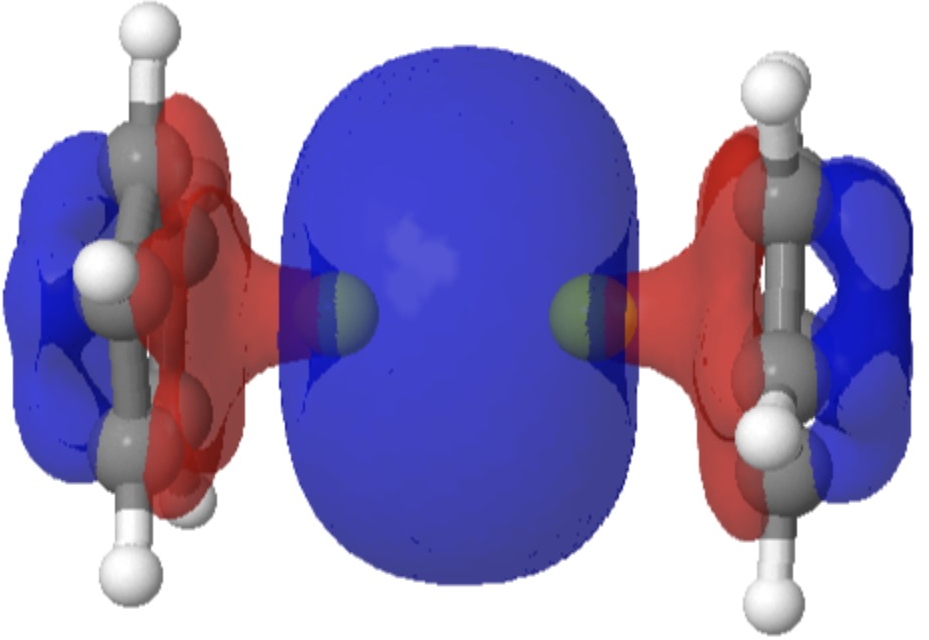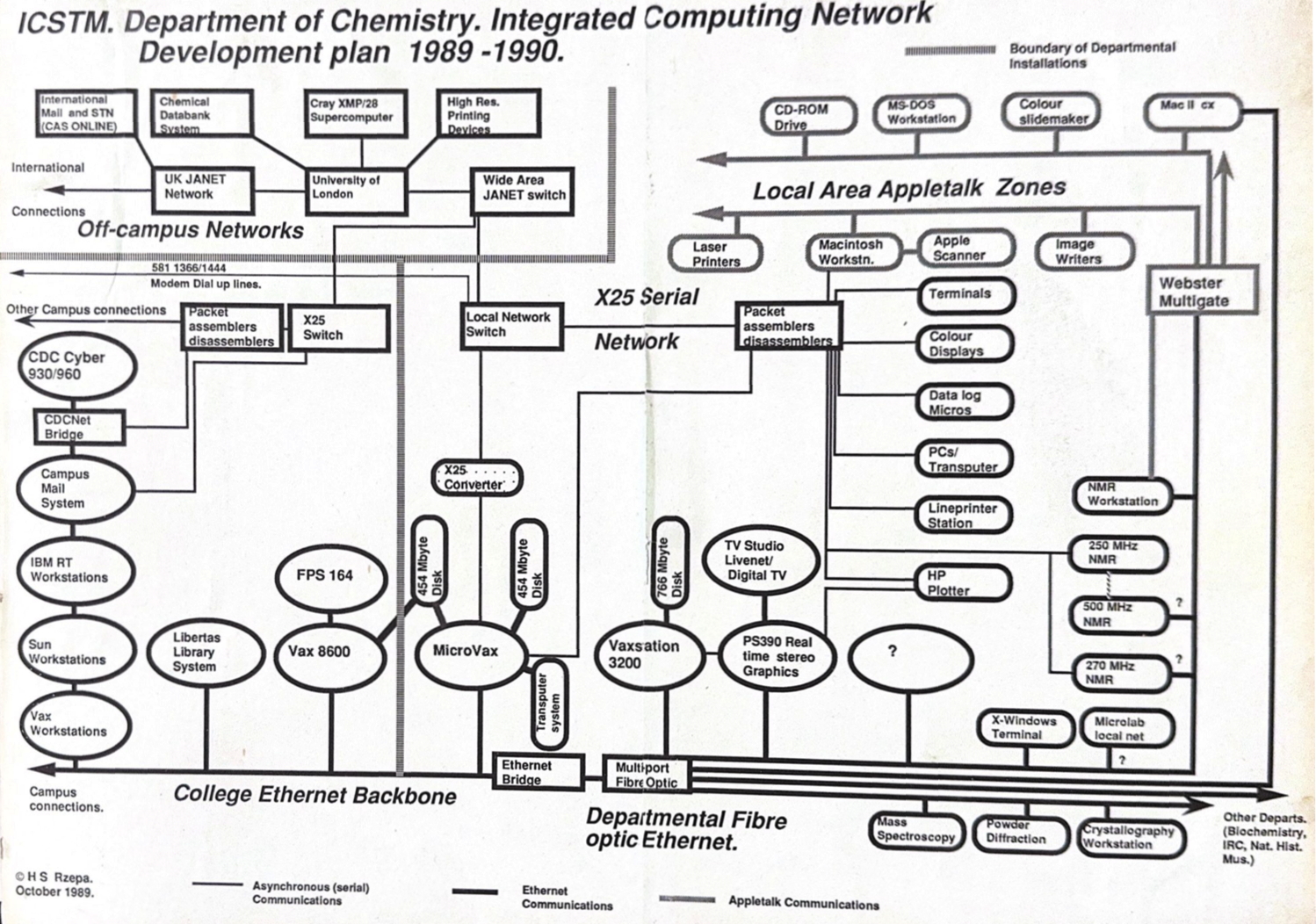
First, a very brief history of scholarly publishing, starting in 1665[cite]10.1098/rstl.1665.0001[/cite] when scientific journals started to be published by learned societies.

First, a very brief history of scholarly publishing, starting in 1665[cite]10.1098/rstl.1665.0001[/cite] when scientific journals started to be published by learned societies.

Zosurabalbin[cite]10.1038/s41586-023-06873-0[/cite],[cite]10.1093/ofid/ofad500.1754[/cite], is receiving a great deal of attention as a new class of antibiotic which can target infections for which current treatment options are inadequate.

I will approach this example of a molecule-of-the-year candidate – in fact the eventual winner in the reader poll – from the point of view of data.

The Science education unit at the ACS publication C&EN publishes its list of molecules of the year (as selected by the editors and voted upon by the readers) in December. Here are some observations about three of this year’s batch.
Around 1996, journals started publishing what became known as “ESI” or electronic supporting information, alongside the articles themselves, as a mechanism for exposing the data associated with the research being reported and exploiting some of the new opportunities offered by the World Wide Web. From the outset, such ESI was expressed as a paginated Acrobat file, with the Web being merely a convenient document delivery mechanism.

In 2023, we very much take for granted that everyone and pretty much everything is online. But it was not always so and when I came across an old plan indicating how the chemistry department at Imperial College was connected in 1989, I was struck by how much has happened in the 34 years since. Nowadays all the infrastructures needed are effectively “built in” to the building when it is constructed and few are even aware of them.
I am a member of the Royal Society of Chemistry’s Historical group. Amongst other activities, it publishes two editions of a newsletter each year for its members.
In an earlier post on this topic,[cite]10.59350/f00wf-5tq46[/cite] ‡ I described how the curly-arrows describing the mechanism of a nucleophilic addition at a carbonyl group choreograph in two distinct ways, as seen in red or blue below.

Some 13 years ago, I speculated about the longevity of the type of science communication then (and still now) represented by Blogs. I noted one new project called ArchivePress that was looking into providing solutions equivalent to what scientific journals have done for some 350 years of science communication. The link to ArchivePress no longer works, but details of the project can still be found here.

The schematic representation of a chemical reaction mechanism is often drawn using a palette of arrows connecting or annotating the various molecular structures involved. These can be selected from a chemical arrows palette, taken for this purpose from the commonly used structure drawing program Chemdraw.
The Swern oxidation[cite]10.1016/0040-4020(78)80197-5[/cite] is a class of “activated” dimethyl sulfoxide (DMSO) reaction in which the active species is a chlorodimethylsulfonium chloride salt.